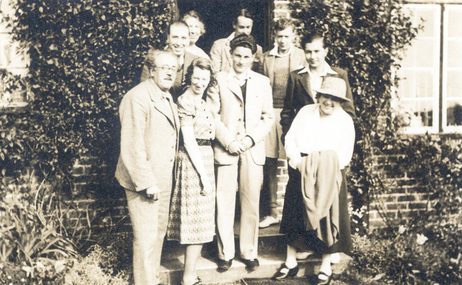Presented by Lucy Walker
Britten composed this remarkable piece in the summer of 1941 while staying with friends in Escondido, California. It is one of his ‘American’ works, and also one of his ‘D’ works: the period 1939-1941 includes, along with this quartet, two other major pieces in the key of D, Sinfonia da Requiem and the Violin Concerto. It is described as ‘No. 1’ by Britten, but he had written numerous quartets before. There are dozens among the juvenilia and several others from his Royal College days, one of which he revised very near the end of his life (another D major quartet). His knowledge and experience of this particular form was considerable, and it shows clearly in the confidence and mastery displayed here. There are virtuosic and classically ‘conversational’ sections for the players (the second and fourth movements, and parts of the first), along with Britten’s characteristic rhythmic playfulness. But the music in around half of the quartet’s running time is slow, almost static. Time seems to stand still in the opening section and during the lengthy third movement. A reviewer of the first performance (on 21 September 1941) wrote that in the opening ‘Britten wanted to bring the music to consciousness mysteriously, as from another world’; and that the third movement ‘might be titled ‘In Memoriam for a Lost World.’ Quite what she meant is not clear; but there is something about the slow music in this quartet that does indeed defy description.


